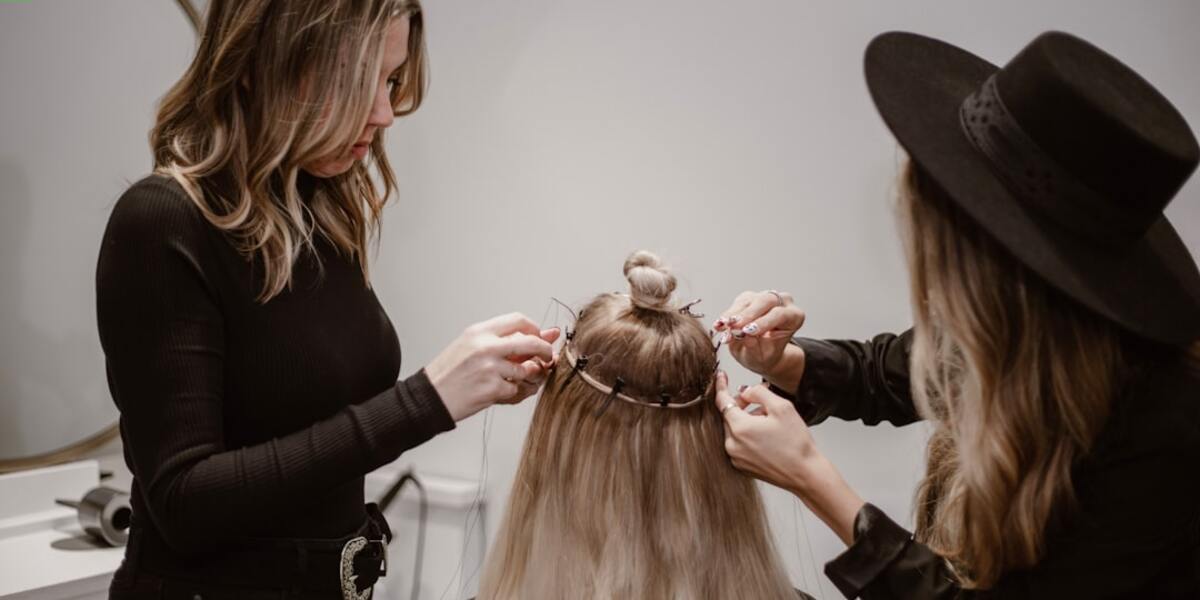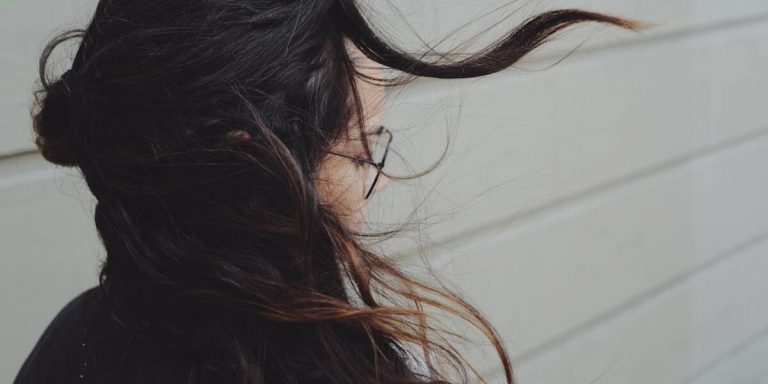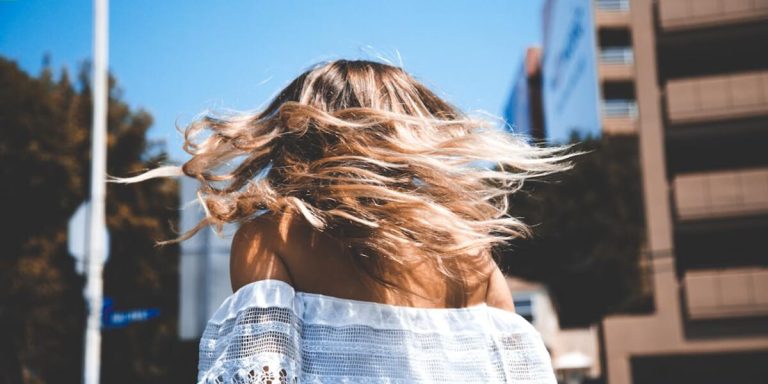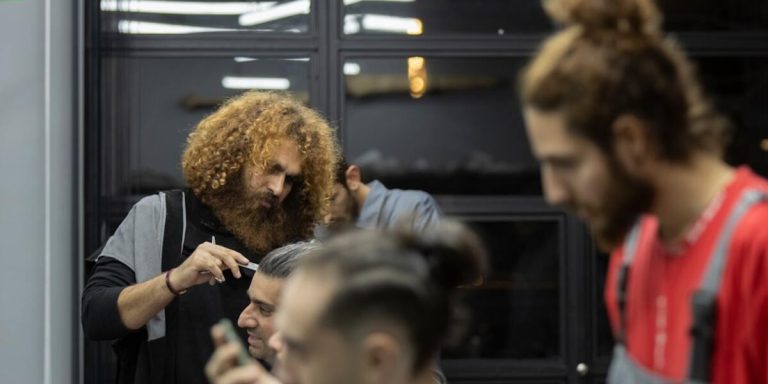Hair Transplant After Care: Essential Guide to Prevent Complications
Hair transplant surgeries can be life-changing, offering one the satisfaction of flaunting a full and thick mane. Yet, like any surgery, it demands proper aftercare for effective results. The success of your operation heavily depends on how well you follow the “hair transplant after care” instructions provided by your surgeon.
The right hair transplant after care not only hastens recovery but also minimizes risks related to infections or complications post-surgery. It ensures that your newly grafted follicles are able to thrive and grow healthily into lush locks over time – becoming an integral part of maintaining good hair health. This blog aims to provide an essential guide discussing all these aspects in detail.
Did you know?
Did you know that the success of your hair transplant can be influenced by everyday habits? Smoking, for instance, is revealed to slow down hair growth post-transplant due to its ability to constrict blood flow and supply of nutrients necessary for new hairs.
Maximizing Hair Transplant Success: Post-Procedure Best Practices
Maximizing the success of a hair transplant is heavily dependent on post-procedure care. An individual who has undergone this transformative procedure in 2023 needs to follow several key steps to ensure optimal outcomes and maintain their newly transplanted hair’s health.
One significant factor in aftercare involves being gentle with your new grafts, as they need time to settle into their positions firmly. Avoiding vigorous washing or brushing can save you from potentially dislodging these delicate inserts – it’s an act of balance between keeping scalp clean without causing any damage.
Another crucial aspect centers around maintaining a nutritious diet rich in vitamins and minerals that support healthy hair growth such as Vitamin E, Omega-3 fatty acids, Iron among others. Equally important is hydration – just like plants; our bodies require water for overall wellbeing including promoting lustrous locks!
Post-operative care instructions might also include avoiding direct sunlight exposure on the treated area; reducing physical exertion initially which may lead to excessive sweating (a potential risk); abstaining from smoking and alcohol consumption during recovery period – all contributing towards creating conducive healing environment for successful results manifest over next few months post-transplantation surgery.
Understanding the Timeline of Healing and Hair Growth
Healing after a hair transplant is not an overnight process. It requires ample patience, attention to detail, and diligent adherence to post-operative instructions for optimized results.
The first week following your surgery is crucial in setting the tone for subsequent recovery stages. Small crusts may begin forming around each transplanted hair during this period but don’t fret; this signifies normal healing response. Gently washing with prescribed shampoo reduces crust formation whilst ensuring that follicles remain clean.
By weeks two through four, you’ll witness less swelling and redness- signs that reflect initial steps towards overall healing advancement. This doesn’t mean one should slack off on “hair transplant after care”. Continue adhering strictly to surgeon’s directives regarding cleaning routines or applying topical medications if provided.
Fast forward to months one through three now – it’s shedding phase time! Don’t panic when hairs start falling out; it’s totally reasonable as new growth sets its foot within those roots preparing themselves underneath scalp surface!
Months four to six will bring about welcoming changes where baby-like new hairs begin sprouting up from previously barren patches – indeed a sigh of relief moment! But hold back any celebration sessions involving heavy styling tools or chemical products at least until month nine kicks in as more robust shafted strands emerge above scalp dominating former weaklings!
Essential Steps to Protect Your New Follicles
Achieving the best results from your hair transplant involves a bit more than just undergoing the procedure. The journey continues with meticulous “hair transplant after care” for protecting and nurturing those newly implanted follicles.
Firstly, avoid touching or fiddling with your scalp post-procedure. Keep in mind that these new grafts are extremely delicate and susceptible to damage during their initial days.
Thirdly, maintain cleanliness but remember not all cleaning methods will serve right! Washing should be done gently using lukewarm water along with mild shampoo recommended by your surgeon only after 48 hours of operation which helps eliminate scabs around the hair grafts without causing any disturbance to them.
Just as importantly is maintaining hydration on another level – drinking ample fluids accelerates healing process while keeping dryness at bay. Say no-no’s to alcoholic beverages & caffeine-rich drinks since they may cause dehydration disrupting body’s recovery mechanism temporarily.
Consider sleep positioning too! Elevating head alignment using multiple pillows could help minimize swelling providing comfort ideal for recovery stage whilst avoiding sleeping position where implants touch bed or pillow directly until one week passes off!
Nourishing Your Scalp: The Role of Diet and Supplements in Hair Transplant Recovery
A healthy diet and appropriate supplementation are crucial components of aftercare following a hair transplant. They not only support your overall health but also play an instrumental role in promoting optimal recovery and ensuring the success of the procedure. Your body requires specific nutrients to repair tissue, grow new cells, and maintain strong follicular units – all key elements when it comes to successful post-hair transplant outcomes.
B-complex vitamins like biotin (Vitamin B7) or folic acid (Vitamin B9), for instance, boost cellular regeneration hence accelerating healing post-procedure. It’s why most trichologists recommend including foods rich in these vitamins such as eggs, almonds, leafy green vegetables like spinach in your daily meals during this period.
Additionally, taking Omega-3 fatty acids can prove beneficial too. These essential fats are known to possess anti-inflammatory properties that assist with scalp soothing while nourishing newly transplanted hairs’ growth potential at root-levels—encouraging them towards creating lushness you’d been dreaming of pre-transplant.
Incorporating protein-rich foods into every meal is another way to bolster hair strength from within because our strands primarily consist of keratin—a form of protein—to begin with! So consider adding lean meats among other easy-to-digest proteins sources i.e., Greek yoghurt or tofu.
Key Vitamins and Nutrients for Optimal Hair Health
A significant part of hair transplant aftercare in 2023 involves focusing on your diet and the right supplements for optimal results. Certain key vitamins and nutrients can play an essential role in ensuring a healthy scalp, leading to improved outcomes post-procedure.
Firstly, let’s look into B Vitamins. They are crucial for hair health because they aid metabolism – essentially helping our body use what we eat more efficiently- thus promoting healthier follicles. Foods rich in this category include whole grains, meat products like chicken and beef liver or even plant-based sources such as lentils if you prefer staying vegetarian or vegan.
Next up is Protein: As general knowledge goes – all cells need protein; however when talking about hair specifically which comprises keratin (a type of protein itself), including sufficient amounts daily becomes necessary. Key sources could range from eggs & lean meats extending till tofu & tempeh catering different dietary preferences perfectly.
Furthermore, Omega-3 fatty acids found primarily within fish like salmon maintain the oil barrier functions hence contributing towards soothing dry & irritated scalps aside their positive impacts over heart health too!
Hydration and Its Impact on Scalp Condition After a Transplant
Staying hydrated is a pivotal part of hair transplant after care. As simple as it may sound, drinking an adequate amount of water daily serves as the primary step in improving your scalp’s condition post-surgery.
Firstly, hydration boosts blood circulation within the scalp. The fluids aid in transporting essential nutrients to various parts of the body including your newly transplanted follicles. This further expedites healing and strengthens weak strands promoting new growth for healthier, shinier locks.
Water also helps regulate body temperature which directly impacts hair health. By maintaining harmonious internal conditions especially during recovery stages from stressful events such as surgery or trauma that a transplant can often be classified under – staying well-hydrated ensures optimum functioning at cellular level all over our system inclusive of cells responsible for robust and abundant hair on our heads!
Moreover, dehydration can lead to dry skin – one symptom being parched scalps prone to itching and flaking- not ideal when nurturing delicate implants! Hence striving towards ample fluid intake aids in augmenting natural oils production aiding smoother recoveries with less irritable symptoms than otherwise which would compromise comfort levels drastically.
Lastly let’s not forget: Water flushes out toxins! Flushing these unwanted substances contributes largely toward better overall wellness creating favorable environments conducive for progressive healing necessary following surgical interventions like transplants ensuring sustained positive outcomes balance alongside more immediate benefits reaped from this habitually satisfying basic human need efficiently exercised!
Developing a Sustainable Hair Care Routine Post-Hair Transplant
In the wake of a hair transplant, creating and sticking to a robust post-operative care routine becomes pivotal. It’s not just about healing; it’s also about ensuring that your investment lasts longer and performs better. Fundamental in this journey is developing an effective hair care regimen tailored specifically for transplanted hair.
The first step towards establishing such a routine begins with understanding the unique needs of your newly grafted follicles. Unlike untouched tresses, these hairs have faced trauma during their relocation from dense areas to bald or thinning zones on your scalp. They require additional nourishment as well as shielded protection to ensure successful transplantation.
Lastly, patience coupled with consistent effort paves way for positive outcomes following any cosmetic procedure including hair transplantation. Thus incorporate products and practices recommended by specialists into daily routines without overlooking small details like washing techniques or product ingredients’ inspection can be vital components for long-term success when dealing with post-hair transplant aftercare throughout 2023.
Gentle Cleansing Techniques to Prevent Graft Damage
In the wake of undergoing a hair transplant, it’s imperative to adjust your hair care routine. One crucial component is adopting gentle cleansing techniques vital in preventing graft damage.
Firstly, avoid shampooing your scalp immediately post-procedure. Professionals recommend waiting for at least 48 hours before cleaning; this ensures that the transplanted follicles firmly anchor themselves into their new locations on your scalp. Once you cross this initial stage, use mild or organic shampoos specially formulated for sensitive scalps and focus these products primarily on dirty roots rather than clean ends during subsequent washes.
Implement caution while applying shampoo as well – overly vigorous massaging can dislodge mindful transplantation work done by surgeons. Instead, envisage dabbing motions with fingertips followed by light circular rubbing around the grafted areas—think tender care rather than rigorous scrubbing – to minimize chances of any inadvertent harm caused during washing routines.
During rinsing off stages too remain equally careful lest high-pressure water may prove detrimental undoing diligent work already put forth! So when it comes time rinse gently pour lukewarm water avoiding direct forceful strikes against delicate freshly operated zones ideally using cups basins compared shower heads which generally give out stronger flows!
Additionally nourishing conditioning regimes form an integral part ‘hair transplant after-care’ protocols considering they aid healing processes providing much-needed hydration newly formed strands support growth successful coveted results’.
Protective Hairstyles that Minimize Stress on Newly Implanted Areas
As part of your hair transplant aftercare, it’s vital to consider the types of hairstyles you choose post-procedure. Styling is not just about aesthetics; with a recent surgery in play, our goal should be less strain on those delicate implanted areas.
Choosing protective hairstyles can significantly reduce stress on your hair and promote healthier growth. Here are some suitable options for you:
1. Loose Ponytail: A loose ponytail ensures minimal tugging at your roots while keeping hair off from your face or falling onto scars or stitches if any.
2. Top knot/bun: Keeping it high up requires fewer pins thus causing lesser weight on transplanted patches than other styles might do.
4. Headscarves/ Bandanas : While this may seem unconventional but they give an amazing two-fold advantage – limiting direct sunlight exposure which could cause inflammation plus adding chicness quotient owing to their wide range availability across patterns and fabrics globally today!
Conclusion
In a nutshell, great hair transplant after care is the linchpin for achieving that enviable head full of hair. It not only fastens recovery but also ensures you get optimum results from your operation while keeping complications at bay. Remember to meticulously follow all post-care instructions provided by your specialist and don’t skip any step no matter how trivial it may seem.
At this point, you’re well on your way to flaunting healthy locks! But remember – maintaining them requires continuous effort. Dive deeper into our website where we unravel more secrets about ‘Hair Care and Maintenance’.
From tips on preserving follicular vitality to key ingredients in hair products- we cover it all! A world brimming with expert advice awaits you – because here, every strand counts.







